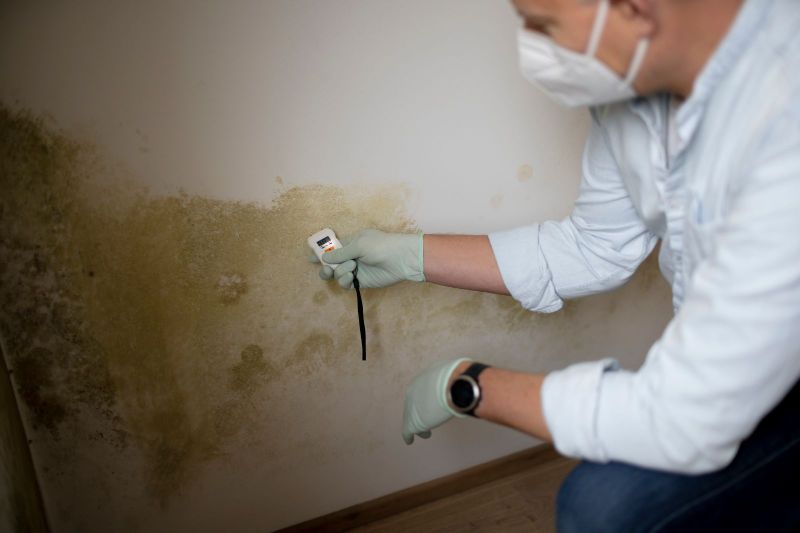Mold damage is a common problem faced by homeowners and can lead to a range of health issues and property damage if left unaddressed. Understanding the causes of mold growth is essential for effective prevention and mitigation. In this blog post, we will explore some of the most common causes of mold damage and provide practical tips on how to address them. By implementing these measures, you can protect your home and the health of your loved ones.
Moisture and Humidity
One of the primary causes of mold growth is excess moisture and humidity. Mold thrives in damp environments, making areas such as bathrooms, basements, and kitchens particularly susceptible. To address this issue, it is crucial to control moisture levels in your home. Regularly check for and repair any leaks in pipes, roofs, or windows. Use dehumidifiers in areas with high humidity, and ensure proper ventilation by using exhaust fans in bathrooms and kitchens. Additionally, avoiding overwatering plants and promptly drying any spills or wet areas can help prevent moisture buildup.
Poor Ventilation
Inadequate ventilation can create stagnant air, leading to increased humidity and the accumulation of moisture, which fosters mold growth. Improve air circulation by opening windows, using fans, and ensuring that air vents are unobstructed. Proper ventilation not only helps prevent mold but also improves indoor air quality, reducing the risk of respiratory issues.
Condensation
Condensation occurs when warm air comes into contact with a cold surface, causing moisture to accumulate. This often happens on windows, walls, and pipes. To address condensation, consider using insulation to maintain consistent temperatures and reduce the likelihood of condensation forming. Additionally, using moisture-absorbent materials, such as silica packets or dehumidifiers, in areas prone to condensation can help keep surfaces dry.
Roof and Plumbing Issues
Roof leaks and plumbing problems are common culprits behind mold growth. Regularly inspect your roof for signs of damage or leaks, such as missing or cracked shingles, and promptly repair any issues. Additionally, check your plumbing system for leaks, particularly in hidden areas like crawl spaces or behind walls. Fixing these issues swiftly can prevent water intrusion and subsequent mold damage.
Improperly Sealed or Insulated Areas
Improper sealing or insulation can create gaps and cracks that allow moisture to penetrate your home, leading to mold growth. Inspect your windows, doors, and walls for any gaps or leaks. Use weatherstripping, caulk, or insulation to seal these areas effectively. Properly insulating your home not only helps prevent mold but also improves energy efficiency, reducing heating and cooling costs.
Flooding and Water Damage
Flooding and water damage can result from severe weather conditions or plumbing failures. If your home experiences a flood, it is crucial to act quickly to prevent mold growth. Remove standing water, dry out affected areas thoroughly, and disinfect surfaces. Consider employing professional water damage restoration services to ensure proper cleanup and mitigate the risk of mold infestation.
Mold damage can have serious consequences for both your property and your health. By understanding the common causes of mold growth and implementing preventive measures, you can effectively address this issue. Regular maintenance, moisture control, proper ventilation, and prompt repairs are key to keeping your home mold-free. Remember, prevention is always better than dealing with the consequences of mold damage. Stay proactive and protect your home and loved ones from this potential hazard

